For my Final project I have chosen the 4th question that relates "Sensory engagement and the Haptic" and I will explore Arduino in depth.
For my research I will look at some projects within interactivity to analyse how the user interact with the interface and how the information is generated and disseminated.
First thing that came to my mind about interactivity is how technology has interfered in our lives in a several ways, to enjoy, to educate, as a way of art... Also how our perspective about space is changing with the times, now exists a virtual space where to can keep information, interact and even create things that you wouldn't imagine you could do.
At the end of 1970s electronic games became very popular and it was one of the first
kind of interactivity between user (player) and computer (interface).

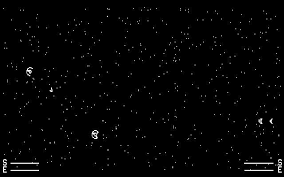

Spacewars was the first computer video game based in two players taking turn to derribate the opposite.
Nowadays gaming has developed a technique that has a lot to do with design. Also gaming and interactivity has become part of artistic projects.
How the user interplay with the interface is a case of study:
Going beyond games I am going to have a look some interactive projects that will explore the relation between user and interface.
"Unstable Empathy is an intimate environment remediated in real-time by the mind activity of two players which are constantly forced to negotiate their emphatic state. It’s a collaborative experience in which the meanings of cooperation, entangling and collective consciousness are directly perceived at the physiological level.
At each session, EEG headsets are being mounted on the heads of two participants which will be positioned in front of each other in complete darkness. Their respective brain activities are the only means by which they can reach the other and its image, while rendering visible and audible un/revealing strategies that are part of their inner self."
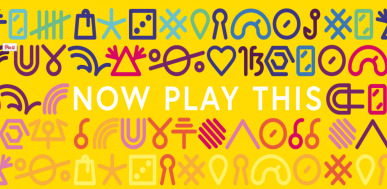
"Now play this" was a weekend of games at Somerset House.
"We involved more than 70 speakers, game designers, writers and performers, and drew an audience of over a thousand players.
Twenty-five games ran throughout the weekend, including new commissions from Klondike, Ra’eesah Hassan, and Loren Schmidt and Katie Rose Pipkin. Alongside these we showed a rotating selection of upcoming games, and a schedule of special events: talks on Friday, games for big groups on Saturday and workshops on Sunday.
As part of the event we also produced a zine, “Games for an Uncertain World”, distributed to players across the weekend."
This Kind of events engage people to design and experiment within interactivity.
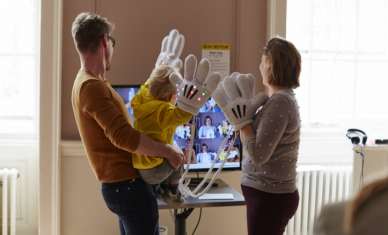
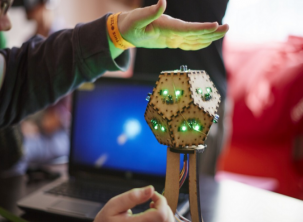
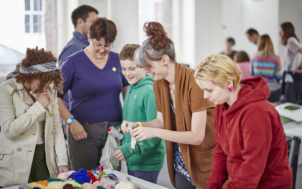

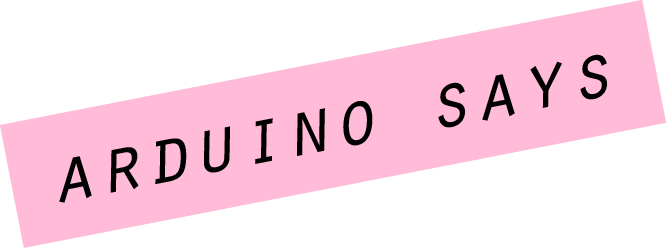

My firsts ideas using Arduino were to create an interactive picture in which the user could play with the environment by switching on/off lights, playing with sound and movement. After that I took the idea further and I thought about creating a box with different layers so each layer would different environment.
I was not very happy with these outcomes because my goal was to experiment with something that the users can interact beyond lights and sounds. After doing research I came out with the idea.

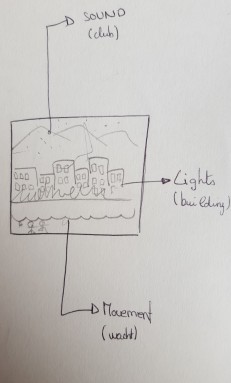
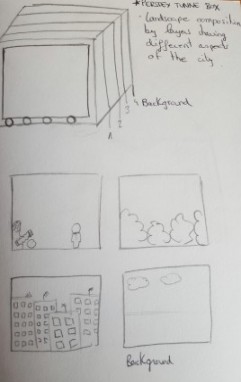

My idea is to recreated the game "Simons says","an electronic game of memory skill invented by Ralph H. Baer and Howard J. Morrison, with software programming by Lenny Cope, The original version was manufactured and distributed by Milton Bradley but now the game is currently manufactured by Hasbro. Much of the assembly language was written by Dr. Charles Kapps, who taught computer science at Temple University and also wrote one of the first books on the theory of computer programming. Simon was launched in 1978 at Studio 54 in New York City and was an immediate success, becoming a pop culture symbol of the 1970s and 1980s."
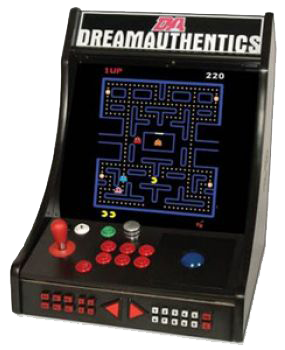
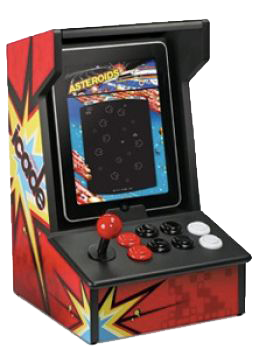
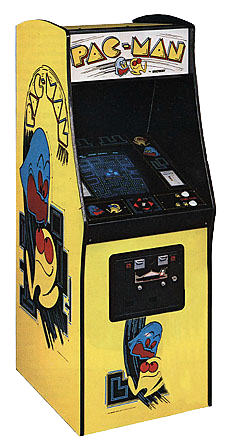
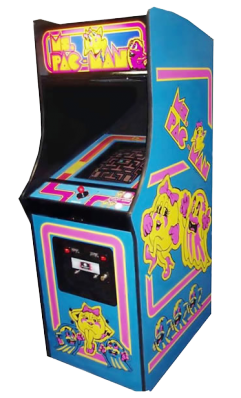
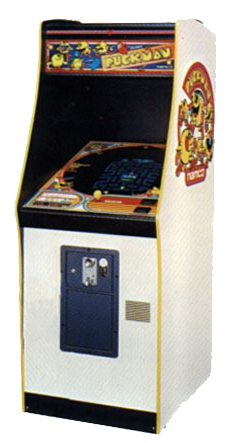
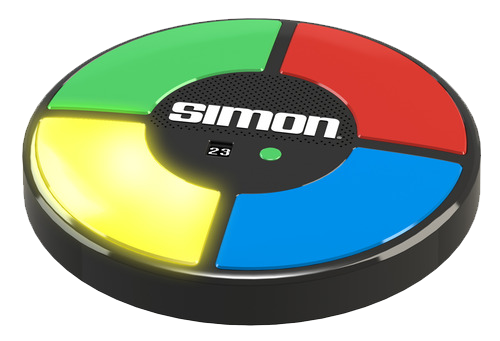
Mi idea also came from the arcade games are a "coin operated entertainment machine typically installed in public businesses such as restaurants, bars and amusement arcades. Most arcade games are video games, pinball machines, electro-mechanical games, redemption games or merchandisers.
The golden age of arcade video games is usually defined as a period beginning sometime in the late 1970s and ending sometime in the mid-1980s." It reminds me to the beginning of interaction between user and machine, cited above.
Prototypes / codes
Components
Here are the componets that I will use to make the circuit work:
Board prototype
First, I planned and recreate circuit on Fritzing and after I assembled the circuit on the breadboard, to check all components, code, timing and game dynamics.
Enclosure Prototype
About the enclosure prototypes I have made some sketches:
The one that suit the most my idea is the 4th one, the design that I want to make is similar to the arcade games but it will be a representacion as the sizes would be 10mmx10mm
Laser cut plan and drawings
In order to use the laser cut to build the box I had to plan the drawings. I found a problem by the time of sticking the pieces together but I have found a solution:
Prototypes
Materials / Colours
For this project I will use perspex, for the prototypes I am using white foamboard.
Perspex color and thickness choices
Games are a source of interactive environments, the interaction here mostly is used to children play with the environment, the project “Planeti Sonori” by Luca de Rosso and Alberto Moro, an installation with monster illustration that using a computer keyboard and processing will change the expression as the children interact with the illustration.
"Behind each monster there were few buttons that we designed specifically for this installation. The buttons were connected to a hacked computer keyboard which was communicating with a Max patch. According to the hit monster the software picked and played randomly one of its expression."
"Color chaser" by Yuri Suzuki is vehicle that translate colors into sound, for this it follows a line where the user adds color, it translate the RGB information into different sounds. For this is necessary to draw a black line that the vehicle will follow. The information is disseminated with sound and is generated from the user's drawing.
"Users could draw a randomly shaped circuit using a black marker pen on a piece of paper and the colour chaser followed the line. Then add different layers of colour across the black line at intervals the vehicle detects the colour RGB data and translates that into sound."
I have chosen those colours: Perspex Red 4401 and Black 9T30
For development process see video above.
The final piece is exactly as it was in my mind when I decided to create the project. It is been a challenge because mounting the enclosure box it is been the hardest part. I has to be very carefull an place all wires well connected.
Players have to repeat the LED sequence by pushing buttons.
Instructions
1. Switch on the power.
2.Press any button, the pattern will start.
3. Follow the sequence
ENJOY!